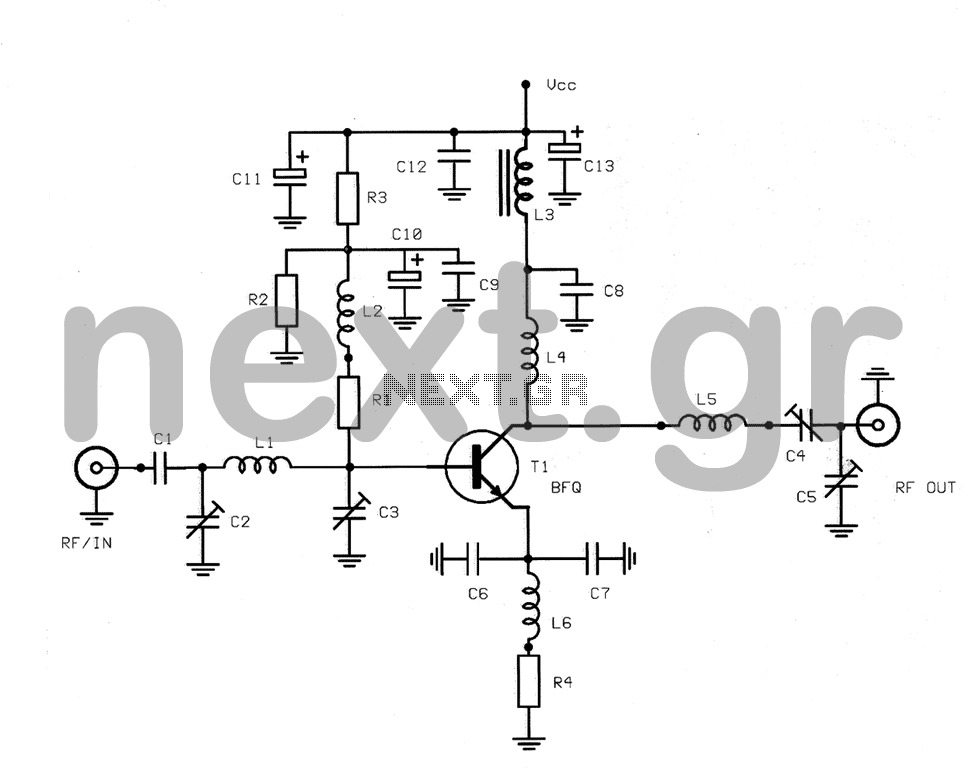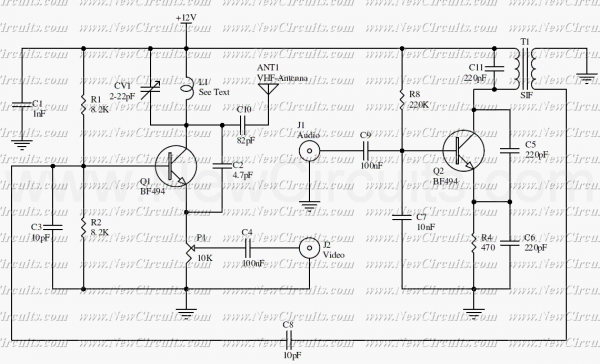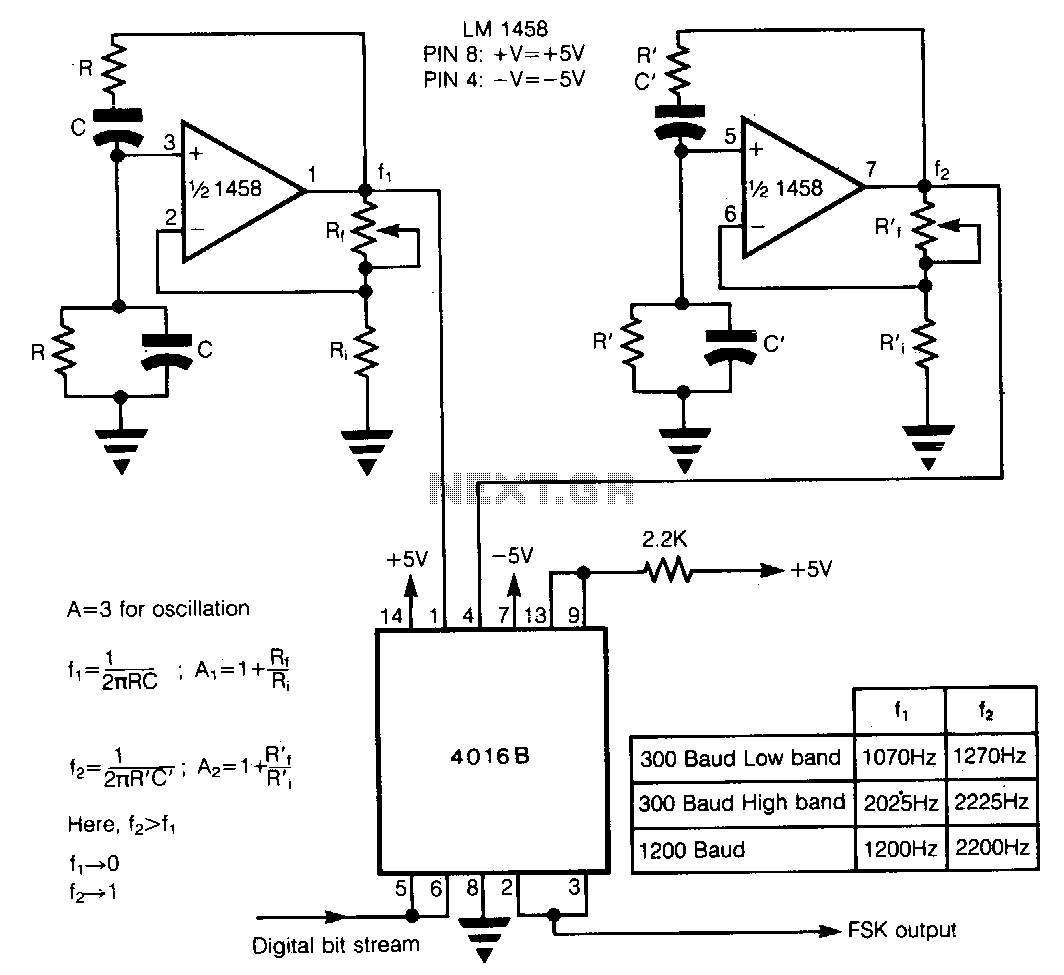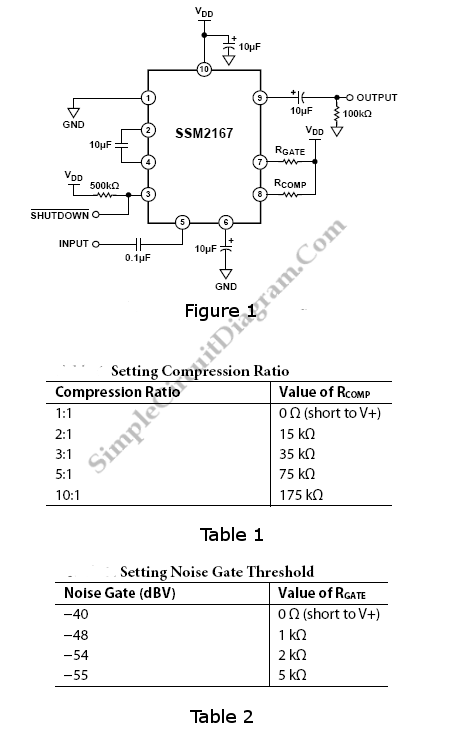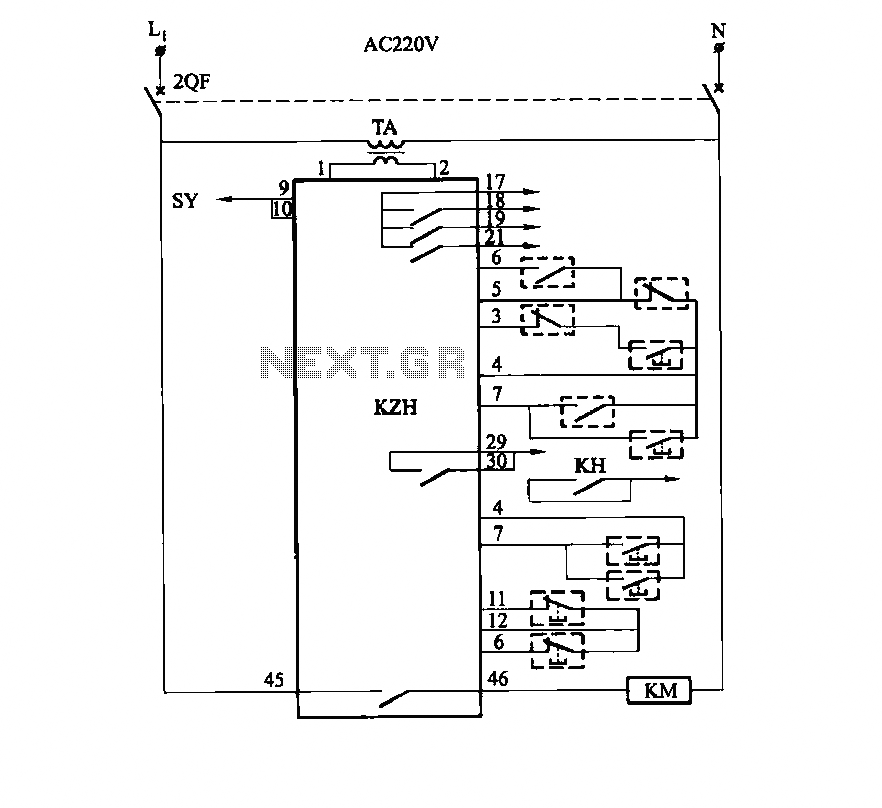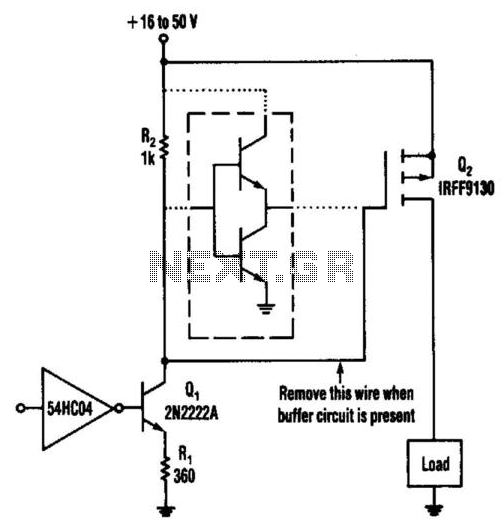
low noise vhf uhf oscillators
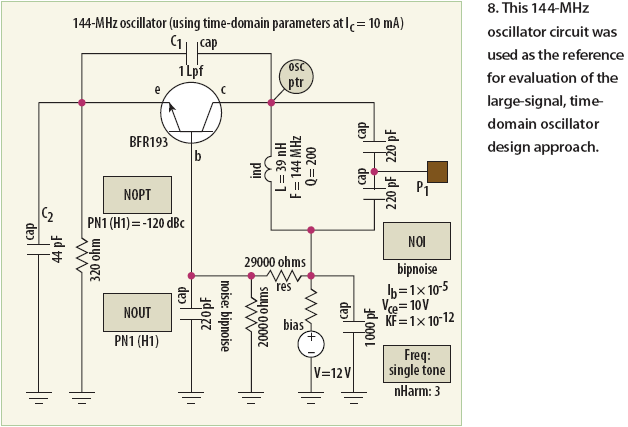
Unlike conventional small-signal methods, employing large-signal, time-domain design techniques facilitates the creation of low-noise grounded-base oscillators suitable for VHF/UHF applications.
The development of low-noise grounded-base oscillators for VHF/UHF applications presents unique challenges and opportunities. By utilizing large-signal, time-domain design techniques, engineers can achieve enhanced performance characteristics that are not possible with traditional small-signal approaches.
Grounded-base oscillators are particularly advantageous in high-frequency applications due to their ability to provide stable oscillation frequencies while minimizing noise. The large-signal design approach allows for the consideration of nonlinearities and dynamic behavior in the circuit, which can lead to improved signal integrity and reduced phase noise.
In the schematic design of a grounded-base oscillator, key components such as transistors, resistors, capacitors, and inductors are strategically selected to optimize performance. For instance, the use of high-frequency transistors ensures that the oscillator can operate effectively within the VHF/UHF range, while carefully chosen passive components help shape the frequency response and stabilize oscillation.
The feedback network in the oscillator circuit is crucial for maintaining oscillation and controlling amplitude. By designing this network to accommodate large-signal conditions, the oscillator can achieve a balance between gain and stability, further enhancing its low-noise characteristics.
Thermal management is also a critical aspect of the design, as increased power levels can lead to thermal drift and instability. Implementing effective heat dissipation techniques ensures that the oscillator maintains consistent performance over varying temperature conditions.
Overall, the integration of large-signal, time-domain techniques in the design of grounded-base oscillators represents a significant advancement in the field, paving the way for more reliable and efficient solutions in VHF/UHF applications.In contrast to traditional small-signal approaches, the use of large-signal, time-domain design techniques helps deliver low-noise grounded-base oscillators for VHF/UHF applications.. 🔗 External reference
The development of low-noise grounded-base oscillators for VHF/UHF applications presents unique challenges and opportunities. By utilizing large-signal, time-domain design techniques, engineers can achieve enhanced performance characteristics that are not possible with traditional small-signal approaches.
Grounded-base oscillators are particularly advantageous in high-frequency applications due to their ability to provide stable oscillation frequencies while minimizing noise. The large-signal design approach allows for the consideration of nonlinearities and dynamic behavior in the circuit, which can lead to improved signal integrity and reduced phase noise.
In the schematic design of a grounded-base oscillator, key components such as transistors, resistors, capacitors, and inductors are strategically selected to optimize performance. For instance, the use of high-frequency transistors ensures that the oscillator can operate effectively within the VHF/UHF range, while carefully chosen passive components help shape the frequency response and stabilize oscillation.
The feedback network in the oscillator circuit is crucial for maintaining oscillation and controlling amplitude. By designing this network to accommodate large-signal conditions, the oscillator can achieve a balance between gain and stability, further enhancing its low-noise characteristics.
Thermal management is also a critical aspect of the design, as increased power levels can lead to thermal drift and instability. Implementing effective heat dissipation techniques ensures that the oscillator maintains consistent performance over varying temperature conditions.
Overall, the integration of large-signal, time-domain techniques in the design of grounded-base oscillators represents a significant advancement in the field, paving the way for more reliable and efficient solutions in VHF/UHF applications.In contrast to traditional small-signal approaches, the use of large-signal, time-domain design techniques helps deliver low-noise grounded-base oscillators for VHF/UHF applications.. 🔗 External reference
